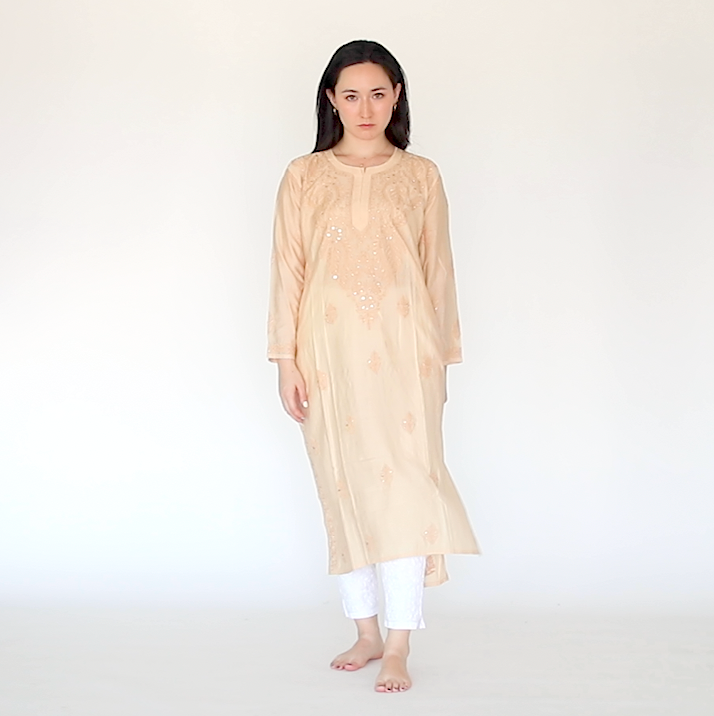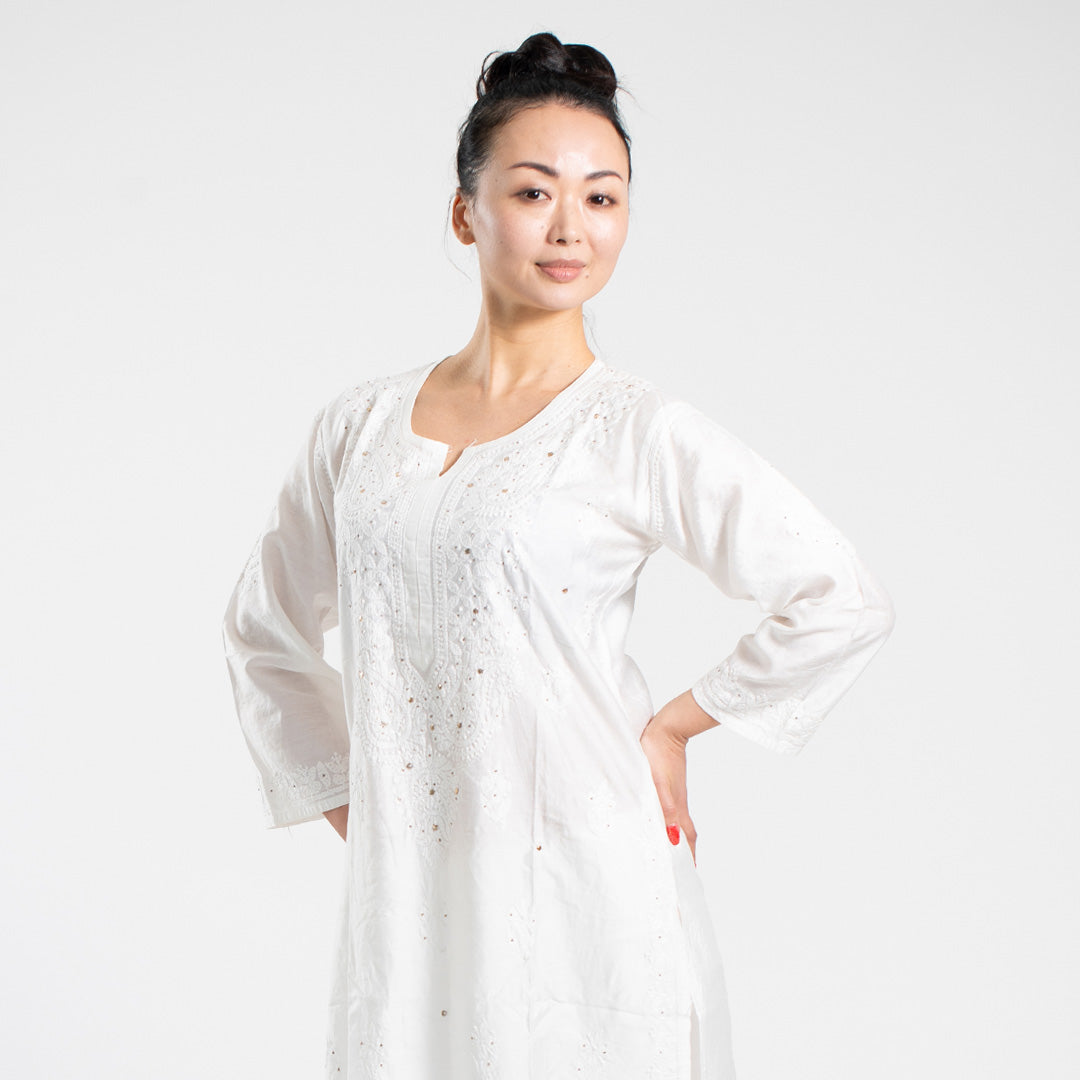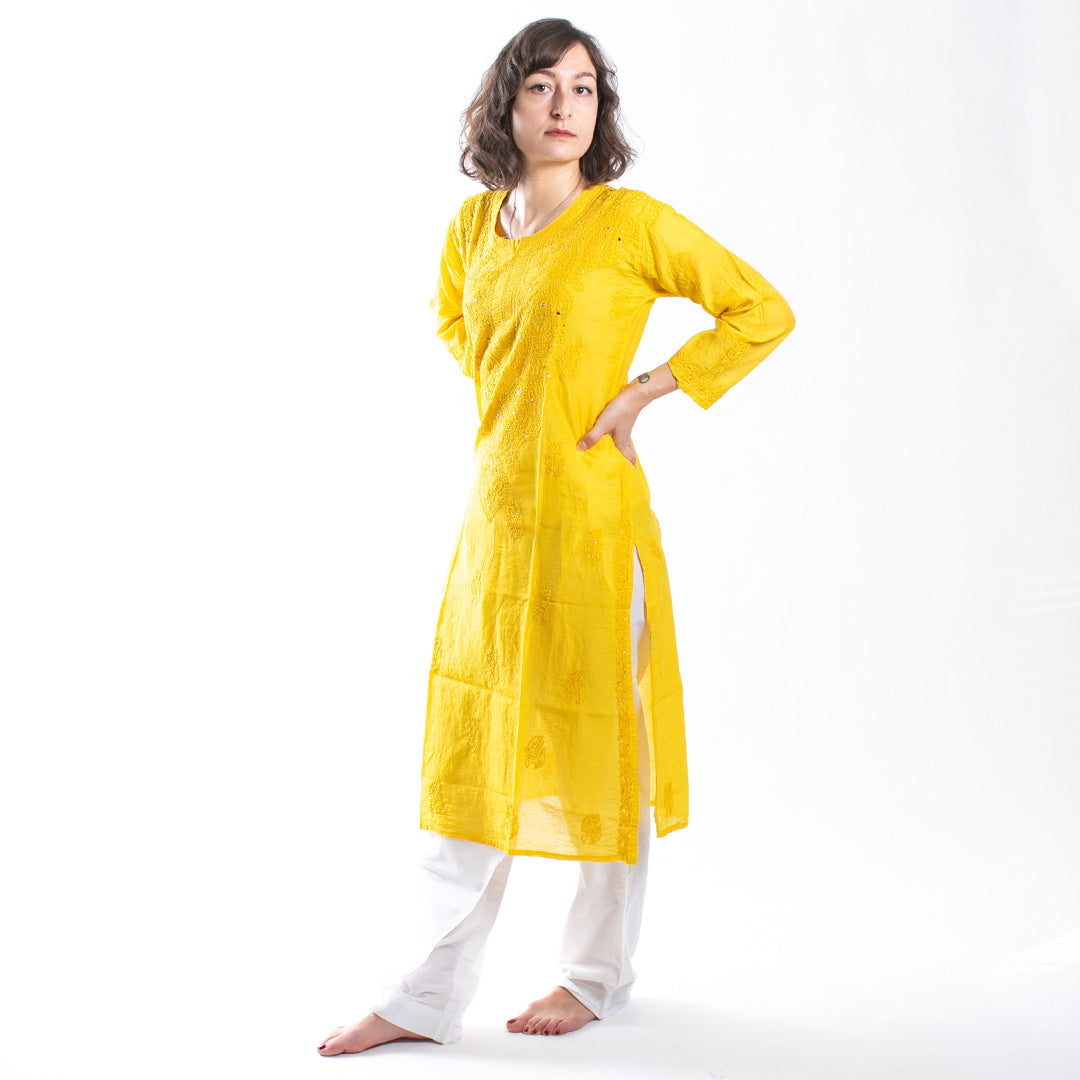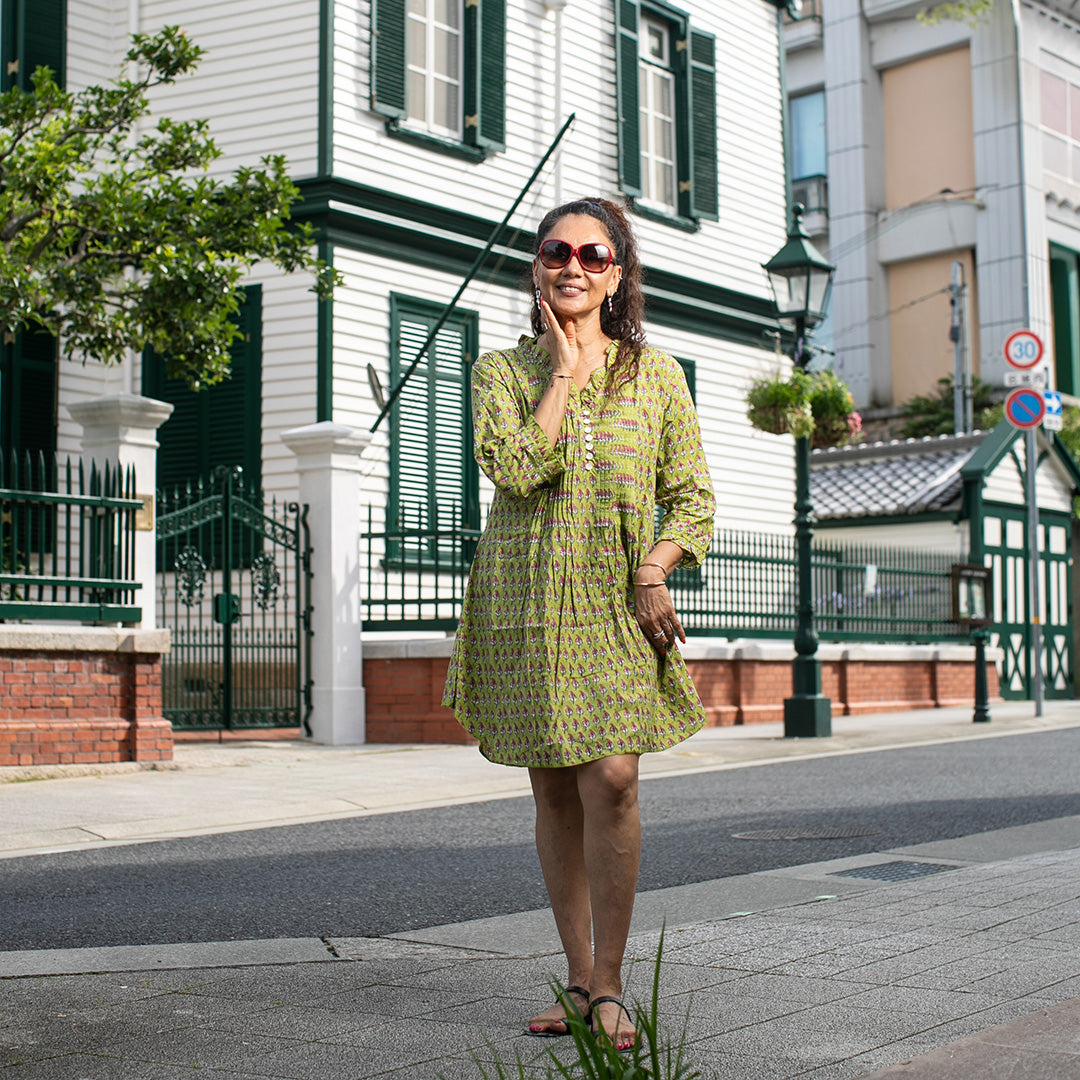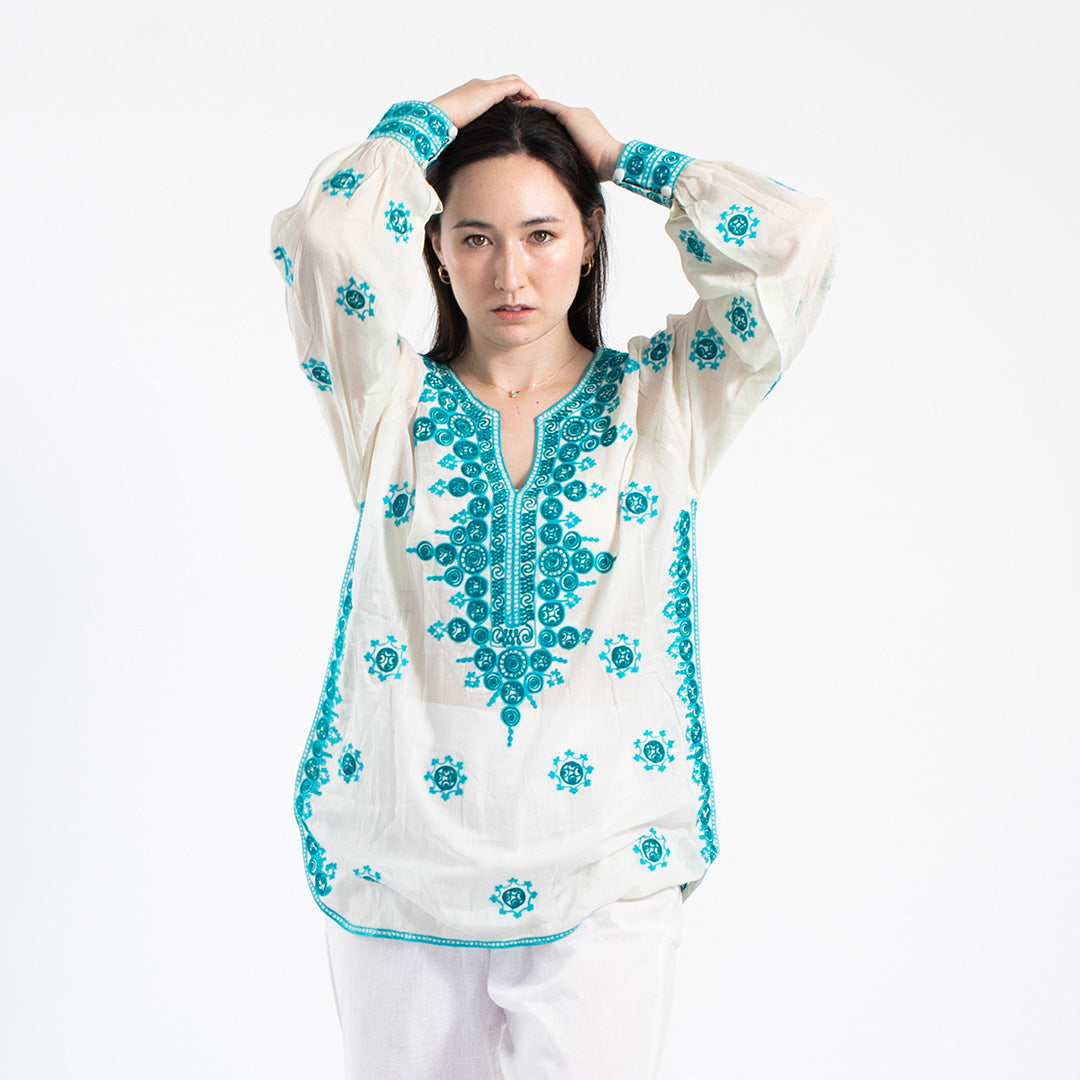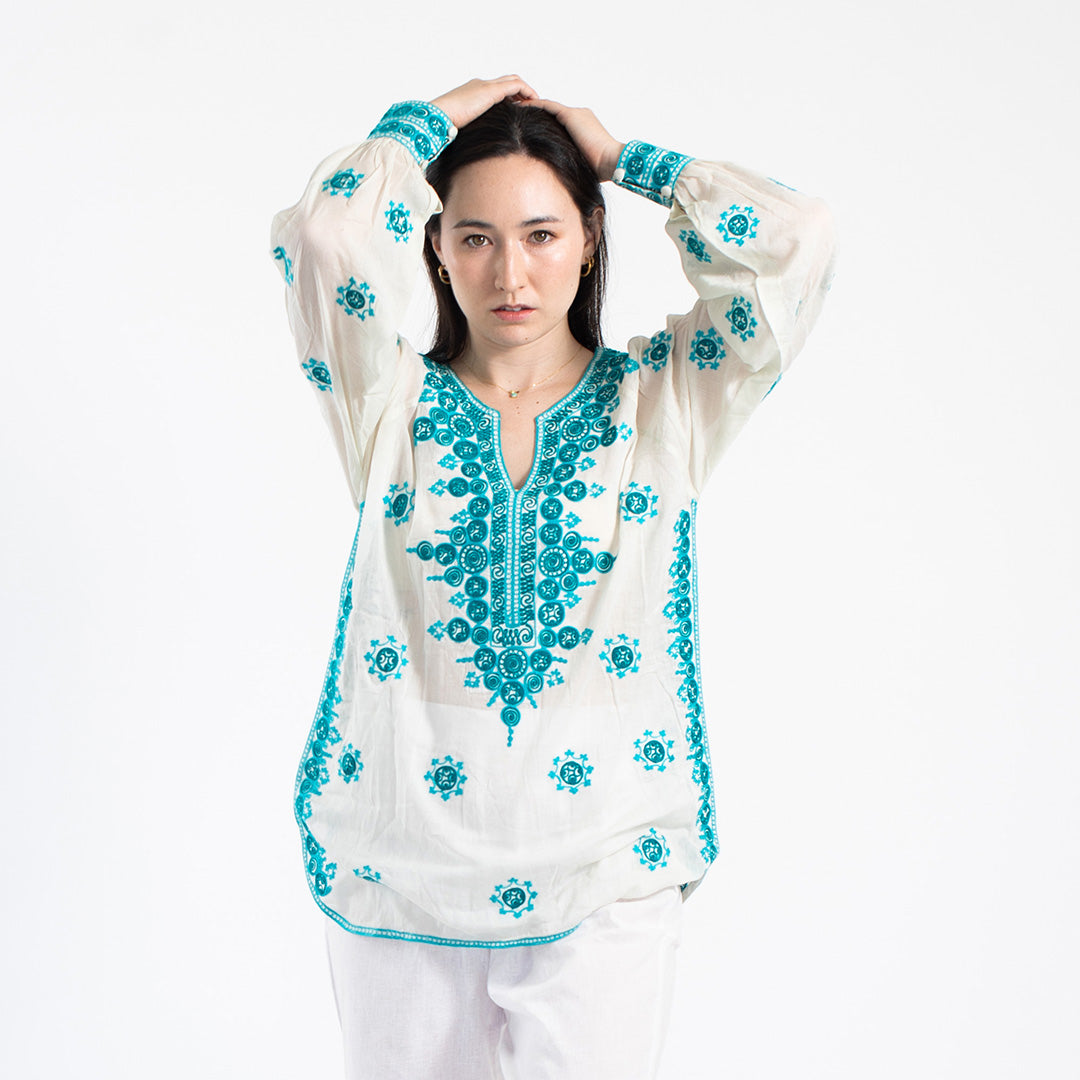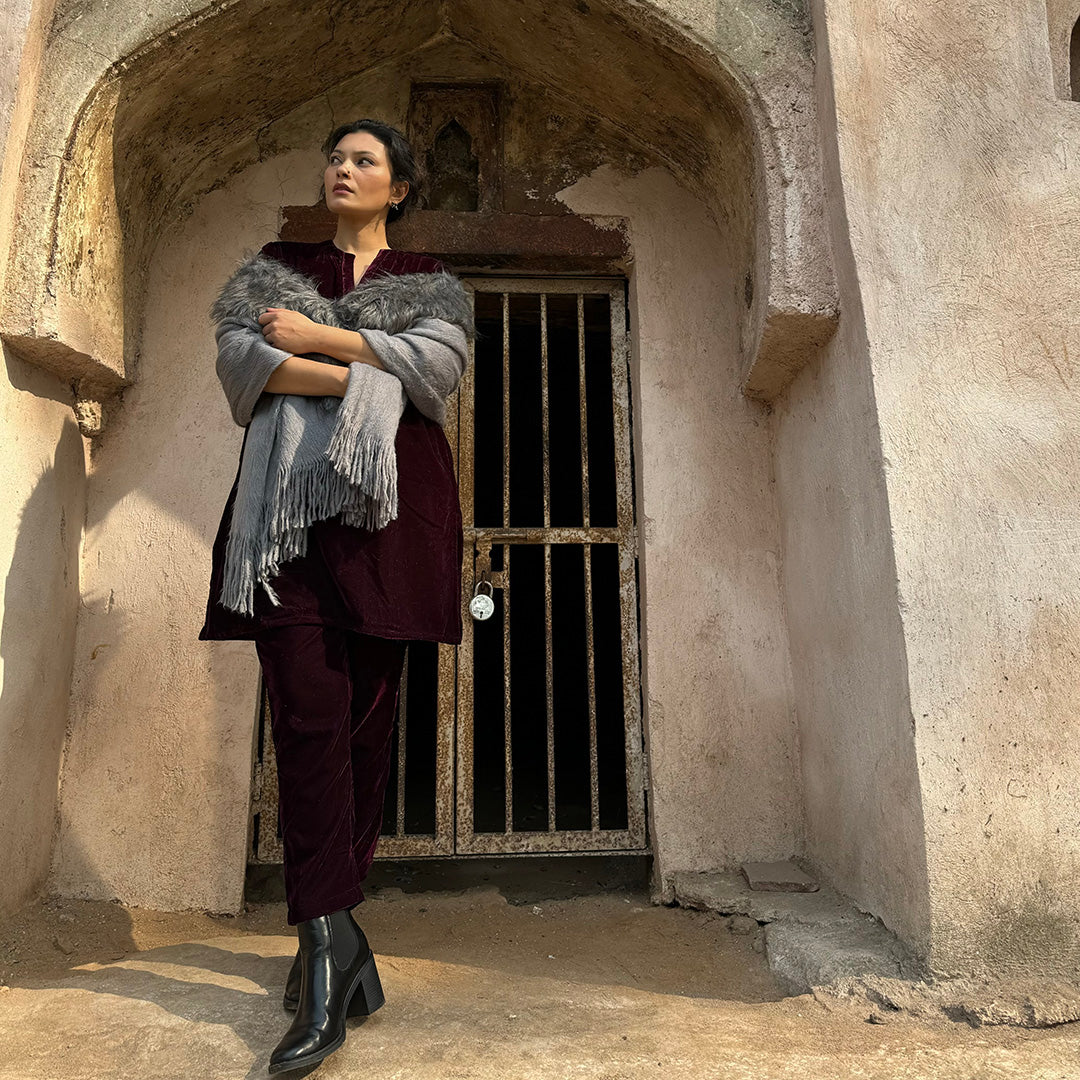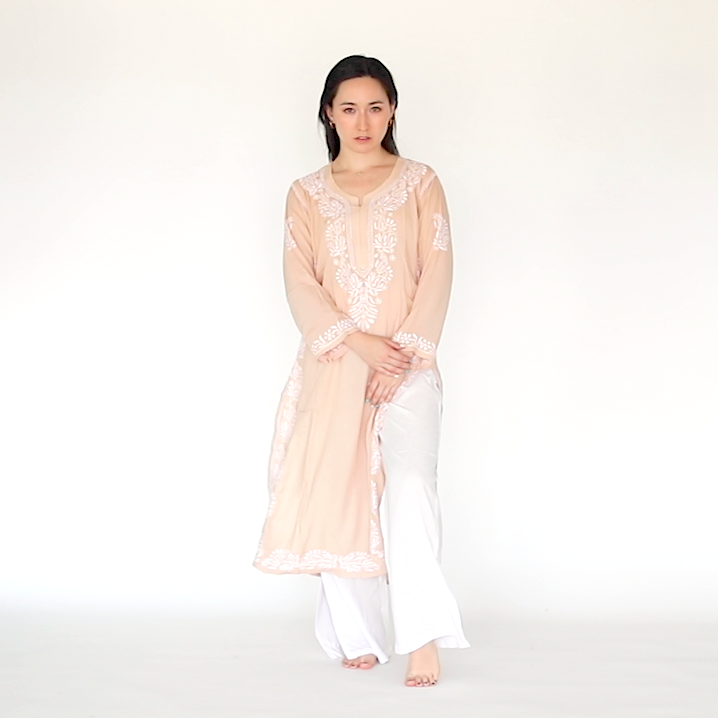Indian pottery is a testament to the country's rich cultural heritage and artistic diversity. From ancient times to the present day, Indian ceramics have evolved to reflect changes in technology, style and social practices. 
The origins of Indian pottery
Indus Valley Civilization (3300-1300 BCE): The earliest examples of pottery in India come from the Indus Valley Civilization. Often made on the wheel, the refined pottery contains a variety of shapes and intricate designs, displaying the high level of craftsmanship of the time.
Vedic Period (1500-500 BCE): Pottery from this period was usually "unglazed" and featured simple geometric motifs. Pottery played an important role in daily life, with common items such as storage jars, cooking pots, and ritual objects.
Middle Ages (700-1700 AD): With the introduction of Islamic influence, glazed pottery was brought to India. Blue pottery, which originated in Persia, became popular in areas such as Rajasthan, blending local and foreign styles.
Colonial Period (1757-1947 A.D.): During this period, European styles and techniques influenced Indian pottery. However, traditional techniques and designs continued to thrive despite these new influences. 
Types of Indian Pottery
Indian pottery is incredibly diverse, with each region boasting its own unique style and techniques.
Terracotta
One of the oldest forms, terracotta is made by firing clay at low temperatures. It is common in West Bengal and Gujarat and includes figurines, decorative items and functional pottery. 
Blue Pottery
Originating from Persia and flourishing in Jaipur, this type uses a unique glazing method that results in a striking blue hue. It is used to make tiles, vases and decorative objects.
Black Pottery
Nizamabad in Uttar Pradesh is famous for its black pottery, which is produced using a special technique to give it a glossy black finish. This pottery is known for its elegant and intricate designs.
Khurja Pottery
Khurja pottery from Uttar Pradesh is known for its vibrant colours and intricate patterns and is available in a wide range of products including tableware, tiles and garden accessories. 
Stoneware and Porcelain
Contemporary Indian ceramics include stoneware and porcelain used for both functional and decorative purposes, often characterised by their durability and fine finish.
Essence of Indian Ceramics
Pottery is integral to religious and cultural practices. Terracotta figurines and pottery symbolize prosperity and fertility and are often used in rituals, festivals and everyday life. Indian pottery is also known for its intricate designs, vibrant colors and regional variations. Each piece reflects the local culture, traditions and artisanal techniques. Moreover, beyond its decorative appeal, Indian pottery also serves practical purposes in homes across the country. From cooking pots to storage jars and serving plates, these items are essentials in any Indian household. 
Presence in the World
Indian ceramics have a significant presence in the global market. Handmade pottery, decorative tiles and artistic sculptures are exported to various countries and are appreciated for their craftsmanship and artistic value. Potters also regularly participate in international exhibitions and biennales, showcasing India's rich traditions and contemporary innovations. Indian ceramics are highly acclaimed globally. Museums and galleries across the world exhibit Indian ceramics, highlighting its historical and contemporary importance.
At Abundance Online Shop, we are excited to bring you a selection of these exquisite ceramics directly from India. Our collection showcases the rich cultural heritage and artistic diversity that Indian ceramics embodies. We are delighted to invite you to experience the beauty and tradition of Indian pottery in your own home with the Abundance Homeware Collection. 
Ceramics of India
India's ceramics are a legacy to the nation's rich cultural heritage and artistic diversity. From ancient times to the modern era, Indian ceramics have evolved, reflecting changes in technology, style, and social practices.
Origin of Indian Ceramics
Indus Valley Civilization (3300-1300 BCE): The earliest examples of Indian ceramics originate from the Indus Valley Civilization. The sophisticated pottery, often wheel-made, includes various shapes and intricate designs, showcasing the advanced craftsmanship of the time.
Vedic Period (1500-500 BCE): During this period, ceramics were typically unglazed and featured simple, geometric motifs. Pottery played a vital role in daily life, with common items including storage jars, cooking pots, and ritual objects.
Medieval Period (700-1700 CE): The introduction of Islamic influences brought glazed pottery to India. Blue pottery, originating in Persia, became popular in regions like Rajasthan, blending local and foreign styles.
Colonial Period (1757-1947 CE): European styles and techniques influenced Indian ceramics during this period. However, traditional methods and designs continued to thrive alongside these new influences.
Types of Indian Ceramics
Indian ceramics are incredibly diverse, with each region boasting unique styles and techniques:
Terracotta
One of the oldest forms, terracotta involves baking clay at low temperatures. Common in West Bengal and Gujarat, it includes figurines, decorative items, and functional pottery.
Blue Pottery
Originating from Persia and flourishing in Jaipur, this type uses a unique method of glazing that results in striking blue hues. It is used for making tiles, vases, and decorative items.
Black Pottery
Nizamabad in Uttar Pradesh is famous for black pottery, which involves using a special technique to create a lustrous, black finish. This pottery is known for its elegant and detailed designs.
Khurja Pottery
From Uttar Pradesh, Khurja pottery is known for its vibrant colors and intricate patterns. It includes a wide range of products like crockery, tiles, and garden accessories.
Stoneware and Porcelain
Modern ceramics in India include stoneware and porcelain, used for both functional and decorative purposes. These are often characterized by their durability and fine finish.
Essence of Indian Ceramics
Ceramics are integral to religious and cultural practices. Terracotta figurines and pottery are often used in rituals, festivals, and daily life, symbolizing prosperity and fertility. Indian ceramics are also known for their intricate designs, vibrant colors, and regional variations. Each piece is a reflection of the local culture, traditions, and the artisan's skill. Moreover, beyond their decorative appeal, Indian ceramics serve practical purposes in households across the country. From cooking pots to storage jars and serving dishes, these items are a staple in Indian homes.
Presence in the World
Indian ceramics have a significant presence in the global market. Handmade pottery, decorative tiles, and artistic sculptures are exported to various countries, appreciated for their craftsmanship and artistic value. Ceramic artists also regularly participate in international exhibitions and biennales, showcasing the rich heritage and contemporary innovations of India. Indian ceramics are highly regarded worldwide. Museums and galleries across the globe exhibit Indian ceramic art, highlighting its historical and contemporary significance.
At Abundance store, we are looking forward to bringing you a selection of these exquisite ceramics curated directly from India soon. Our collection will showcase the rich cultural heritage and artistic diversity that Indian ceramics embody. We are excited for you to experience the beauty and heritage of Indian ceramics in your own home with Abundance Homeware Collection.







